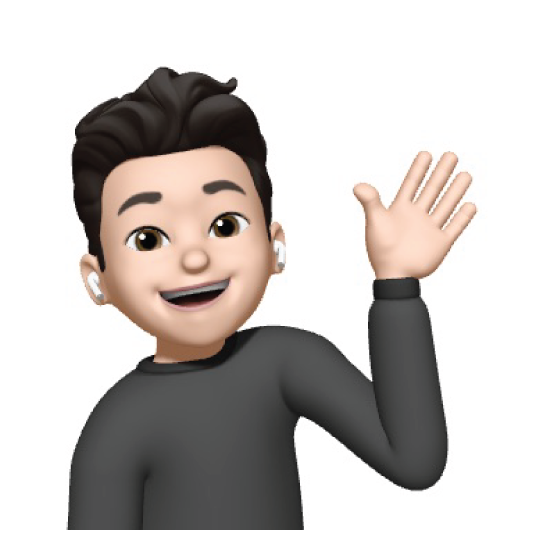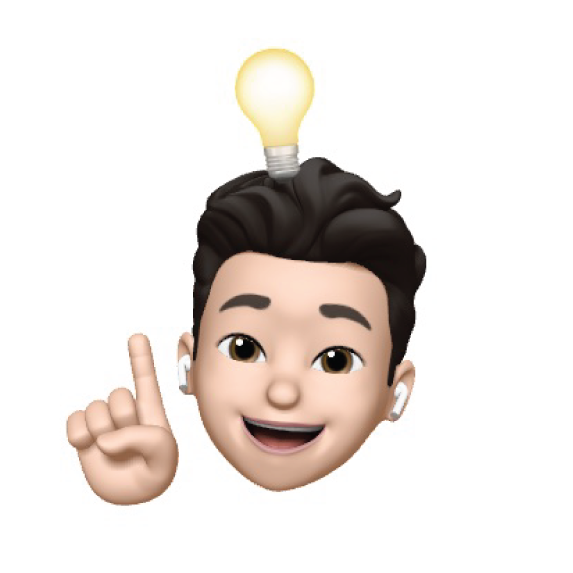Context
Newcastle City Council aimed to design a service that could produce a positive change and contributes to Newcastle’s vision to not be a net contributor to climate change by 2030.
We worked alongside the Newcastle city council to help develop some ideas relating to the Net Zero Action Plan for Newcastle city.
My teammate and I have created Go Groovy, a service using positive reinforcement to achieve behaviour changes via rewarding environmentally friendly habits. The outcomes including an app prototype, a new bus service, a recycling scheme were completely fictional.
We worked alongside the Newcastle city council to help develop some ideas relating to the Net Zero Action Plan for Newcastle city.
My teammate and I have created Go Groovy, a service using positive reinforcement to achieve behaviour changes via rewarding environmentally friendly habits. The outcomes including an app prototype, a new bus service, a recycling scheme were completely fictional.
Teammate -
Hannah Mallory
Harry Wright
Hannah Mallory
Harry Wright
Challenge
Our user research has raised a key challenge regarding the target demographic we want to design for. Our challenge is to design for young partygoer students whilst also acknowledging the risks of possible drunken violence or other issues that may arise as a result of the nightlife and drinking culture.
Initial Research
As the Net Zero Plan covers lots of different areas regarding city improvements, it’s important to make sure we narrow down and focus on one specific aspect so that we can develop a more refined final idea.
We decided to focus on the aspect of transport and ways in which we could improve the emission profile through new transport ideas. Looking at the pie chart figure (as provided by the client), it is clear that transport has considerable influence on the overall carbon production from Newcastle.
We decided to focus on the aspect of transport and ways in which we could improve the emission profile through new transport ideas. Looking at the pie chart figure (as provided by the client), it is clear that transport has considerable influence on the overall carbon production from Newcastle.
User Research
Carrying out user research will help us to define the user group we want to focus on during our project and also learn more about the people living in Newcastle. This will provide a useful insight into the ways we can cater to the public through our designs.
//user observations, personas, user context, polls and interviews.
User Observations
As we had previously agreed on Grey Street (city centre) as our point of interest in this project, we went ahead and carried out some observations separately when we went out for necessities as the project was done under the most serious period of the pandemic. We visited the city centre at different points during the day(night) to gain valuable ethnographic data. This would help to better inform us of how to proceed with our project ideas.
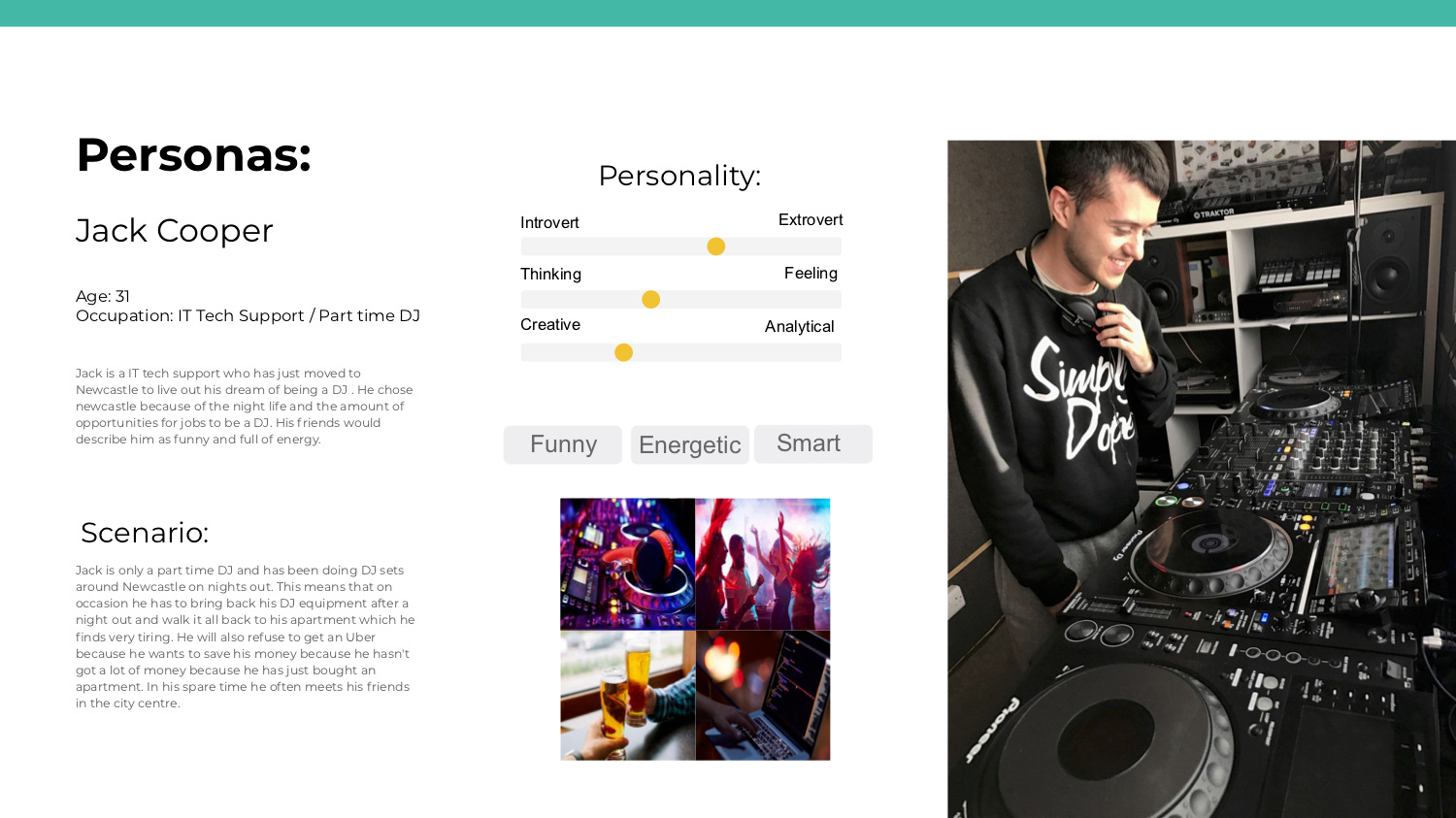

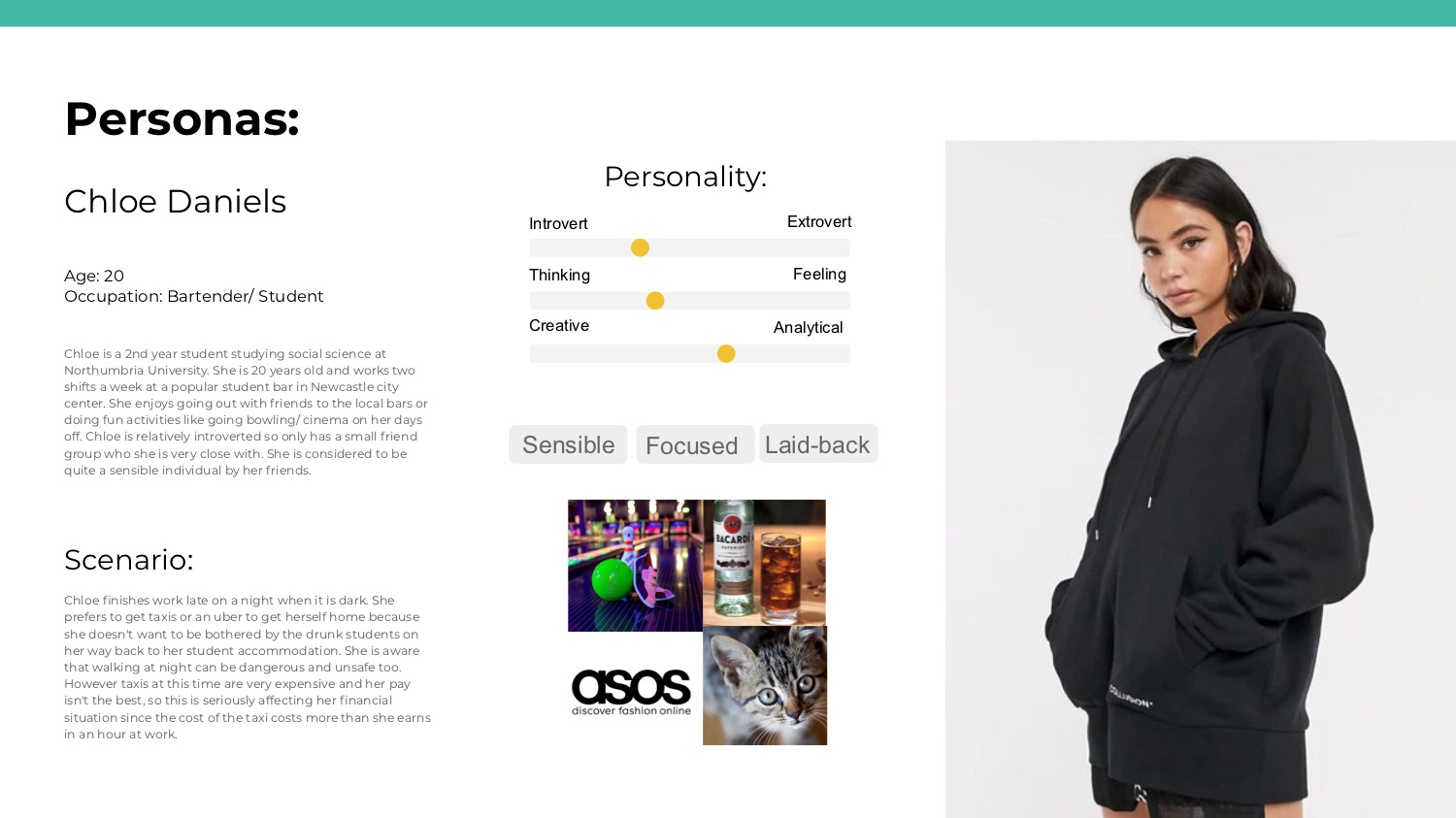
Creating user personas helps me to determine who I am creating the service for. It allows me to navigate design and future decisions to meet the needs, motivation, and desires of the main user.
Ideation
Since we had already focused heavily on students and young people in our research, we took particular interest in this when creating our mind maps of ideas and concepts.
Using Miro, we created an initial mind map to help gather some of our ideas together and organise them into groups.
We created an additional mindmap to explore our favourite ideas in more depth. We also used this to gather any relevant research or articles we found.
Final Concept
After receiving some feedback from our client, we decided to incorporate different aspects of each individual concept to create one final idea. Our client showed particular interest in the idea that one positive behaviour could influence another positive behaviour, so we decided we wanted to build upon this.
Student environmentally friendly service:
‘Recycling cans/bottles earn you points which can be used for discounts or rewards such as reduced fares when travelling on the student night bus service.’
‘Recycling cans/bottles earn you points which can be used for discounts or rewards such as reduced fares when travelling on the student night bus service.’
Concept Breakdown
1 - Install recycle machines across the city in student hotspots to encourage recycling.
2 - Reward points for the user who recycled their cans/ bottles. The more you recycle the more points you earn.
3/ Points can be redeemed for discounts on the student night bus. This encourages more people to travel via public transport.
User Journey Map
We designed a user journey map to help visualise the type of user journey a student may take when interacting with our service. This will clarify the ways in which each part of the service work together to create a cohesive interaction.
Branding Idea
The name we have chosen for our environmentally friendly service is ‘Go Groovy’. This is broken down into the smaller parts of the project which also have relating names. Groovy Wheels is the chosen name for our student night bus as this is a fun and memorable title. The recycling scheme and machines are referred to as ‘Go Recycle’.
Having similar names for the individual parts of the service will help to bring together the concept as one whole. The term ‘go’ encourages users to take action. Above shows the details of the branding evolution process.
Working as a group
As we had experience working together as a group before(ManHealth), we were able to react quickly to the pandemic situation and adapt to work professionally.
In order to work more flexible during the pandemic, we always talk about what will be needed for the next online meeting, and we will split out the work evenly during the meeting. In the time when we were having technical difficulties in splitting works like app editing and video editing, we were able to focus on each part by ourselves and constantly provide feedback on each other’s work.
In order to work more flexible during the pandemic, we always talk about what will be needed for the next online meeting, and we will split out the work evenly during the meeting. In the time when we were having technical difficulties in splitting works like app editing and video editing, we were able to focus on each part by ourselves and constantly provide feedback on each other’s work.
App Development
As a group, I was assigned to handle Go Groovy's app development, while my teammates handling the other two parts which are Groovy Wheels (Student-friendly night bus service) and Go Recycle (Brand new recycling scheme in town). Therefore, I will be mainly focusing on demonstrating the app development process.
Lo-fi Wireframes (Initial Sketches)
Based on the client's comments, we have updated a new user flow to our services. I then proceeded to sketch out the pages of the app as detailed as possible as it would also help my teammate to connect their part of service to the app.
Hi-fi Wireframes
Before working on the prototype, we created a simple Hi-fi wireframe to show the main pages of the app as we wanted to gain some insight with a quick user testing with our classmates and clients. Below shows the pages of the map page, scanning page, ticket page and profile page respectively.
We created a basic site map for the app to help organise how we wanted the navigation to work. The app will be split over 4 basic pages which can be accessed on the menu bar at the bottom of the screen.
User Testing
As the app is mainly beneficial to students, we decided to do a simple contextual interview with a few of our classmates, who we know particularly enjoy a night out. Below shows the result and how we adjust the design based on the insights from the interview.
We analysed the result of user testing and made a few adjustments
of the app content and the user flow.
of the app content and the user flow.
Final Design
I created the final prototype using Adobe XD after reflecting on the feedbacks.
Since this app is created for a student directed service, we wanted to design the app accordingly. When signing up the app, users can do so using their university email as confirmation of their student status. When clicking on the university option on the sign up page, it directs the user to the designated university login screen to complete the sign up. Once the user has signed up, they can simply log in to the app as usual with their email and password.
Since this app is created for a student directed service, we wanted to design the app accordingly. When signing up the app, users can do so using their university email as confirmation of their student status. When clicking on the university option on the sign up page, it directs the user to the designated university login screen to complete the sign up. Once the user has signed up, they can simply log in to the app as usual with their email and password.
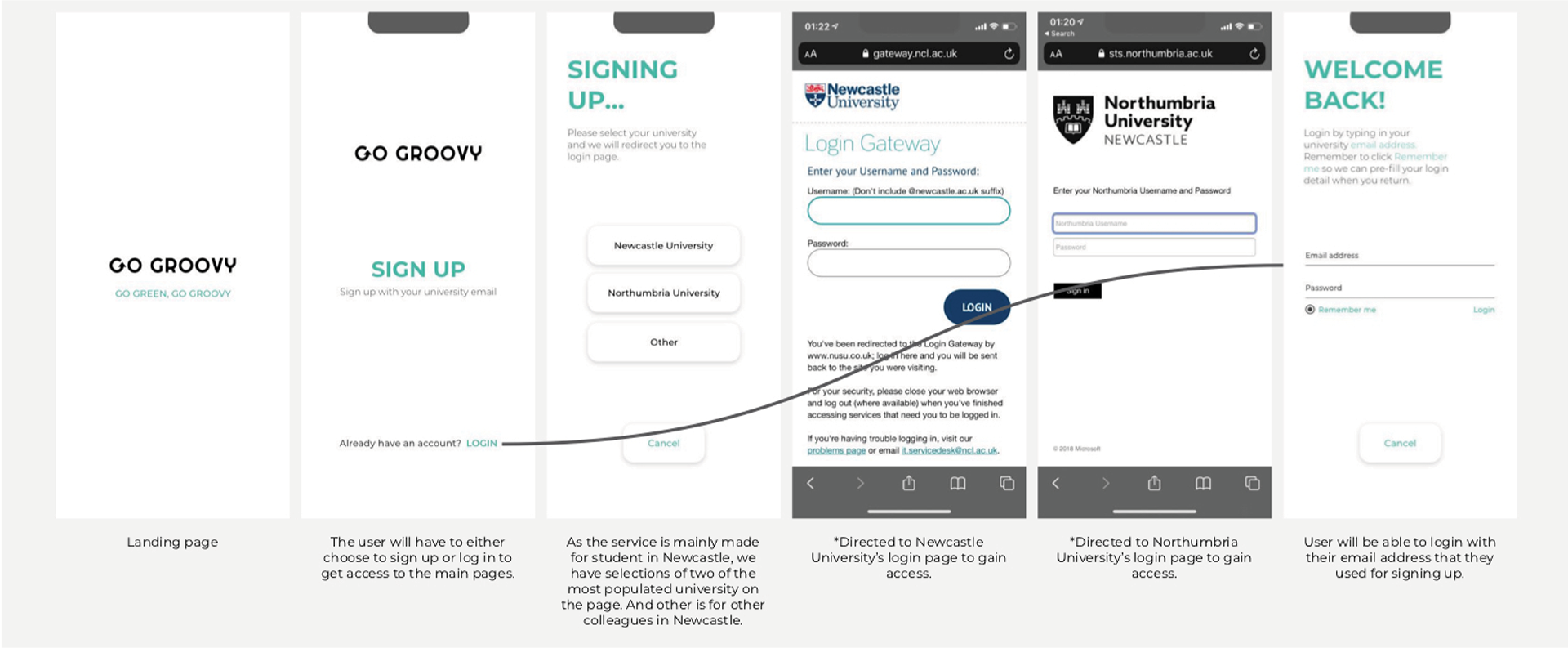

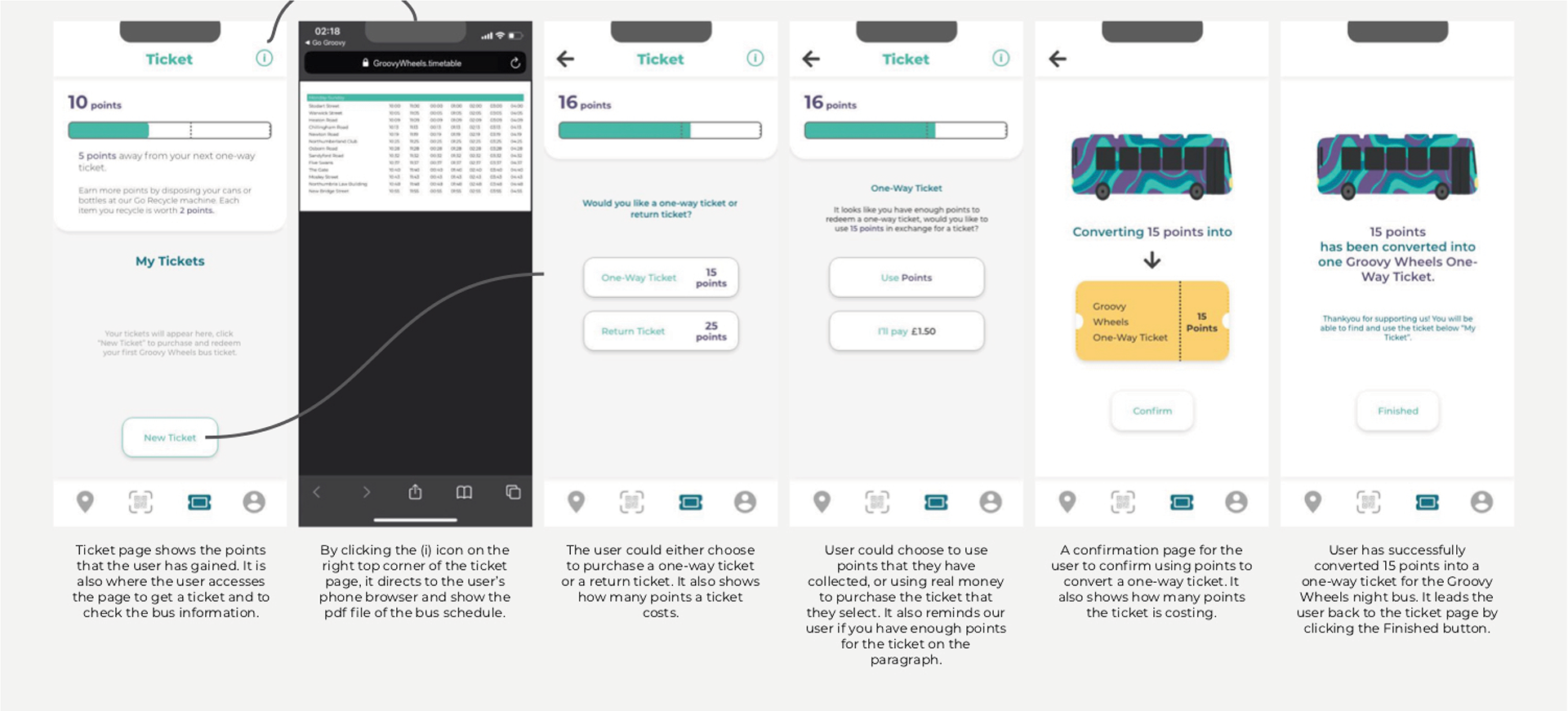

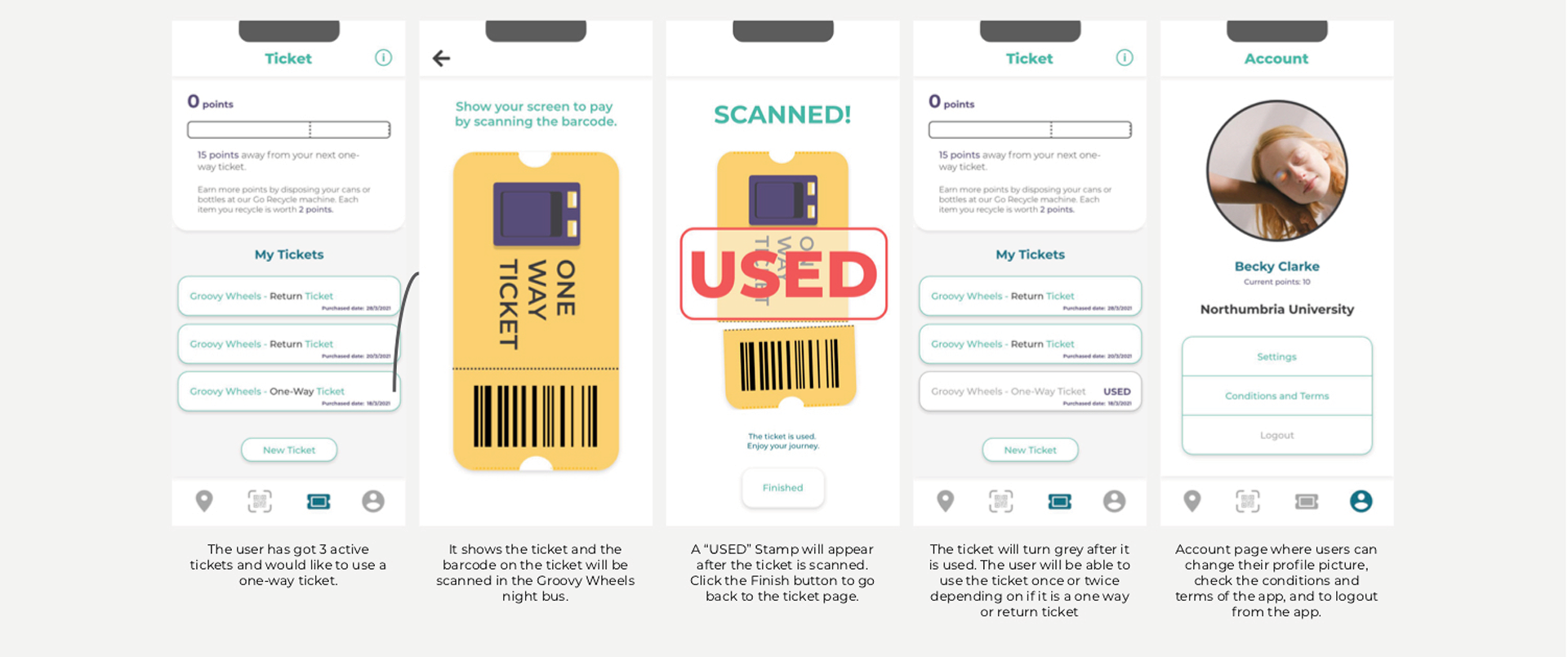
Access the full prototype with the link below:
https://xd.adobe.com/view/7f03b8c6-bda9-4729-7d13-c8b1ab4197ef-0932/
https://xd.adobe.com/view/7f03b8c6-bda9-4729-7d13-c8b1ab4197ef-0932/
Mockup Storyboard
To demonstrate how the Go Groovy app is connected with Go Recycle machine and Groovy Wheels night bus.
Learnings + Reflection
During the design process, I have learnt to use different design techniques and tools that could help us work remotely under the pandemic. It was nice to try out different online tools like using the Miro board to share information and ideas with the class, using Figma to achieve coediting real-time for the design concept, etc. At first, I felt challenging to work for an actual client under the circumstance as it has clearly affected our face-to-face communication channel, and it was hard for us to do any real-time research on the street as it is risky to go out. However, it gave us a chance to practice working under the circumstances and we have become more collaborative during the research process. For example, when we have decided to do some observation at the street for the project, we planned out to do it separately at a different time whenever we need to go out for daily essentials. It gave us a chance to practice overcoming this kind of challenge especially in a time that we are forced to be socially distancing.
I went back to Hong Kong in November because of COVID-19. Since then, I have been working across different time zones as a group and it was quite challenging for me to keep up with the group meeting and classes as it is 8 hours later in Hong Kong comparing to the time in the UK. I have to adjust my sleeping habit as I need to be awake to stay focus during class and group meetings. It was a nice experience as we as a group have overcome the difficulties by setting up guidelines and expectations for every meeting. We were also using apps like Discord and Snapchat to keep in touch, which provides services and features like instant messaging and a digital distribution platform.
